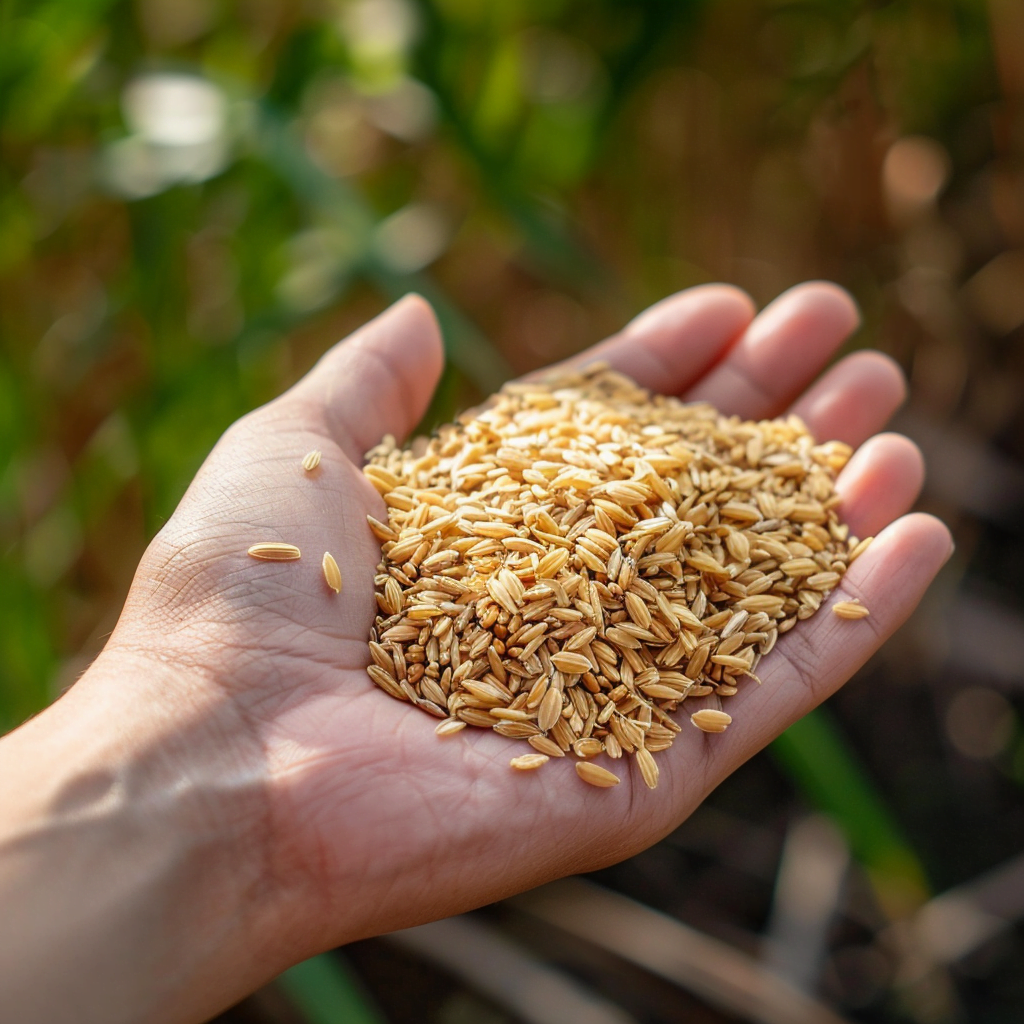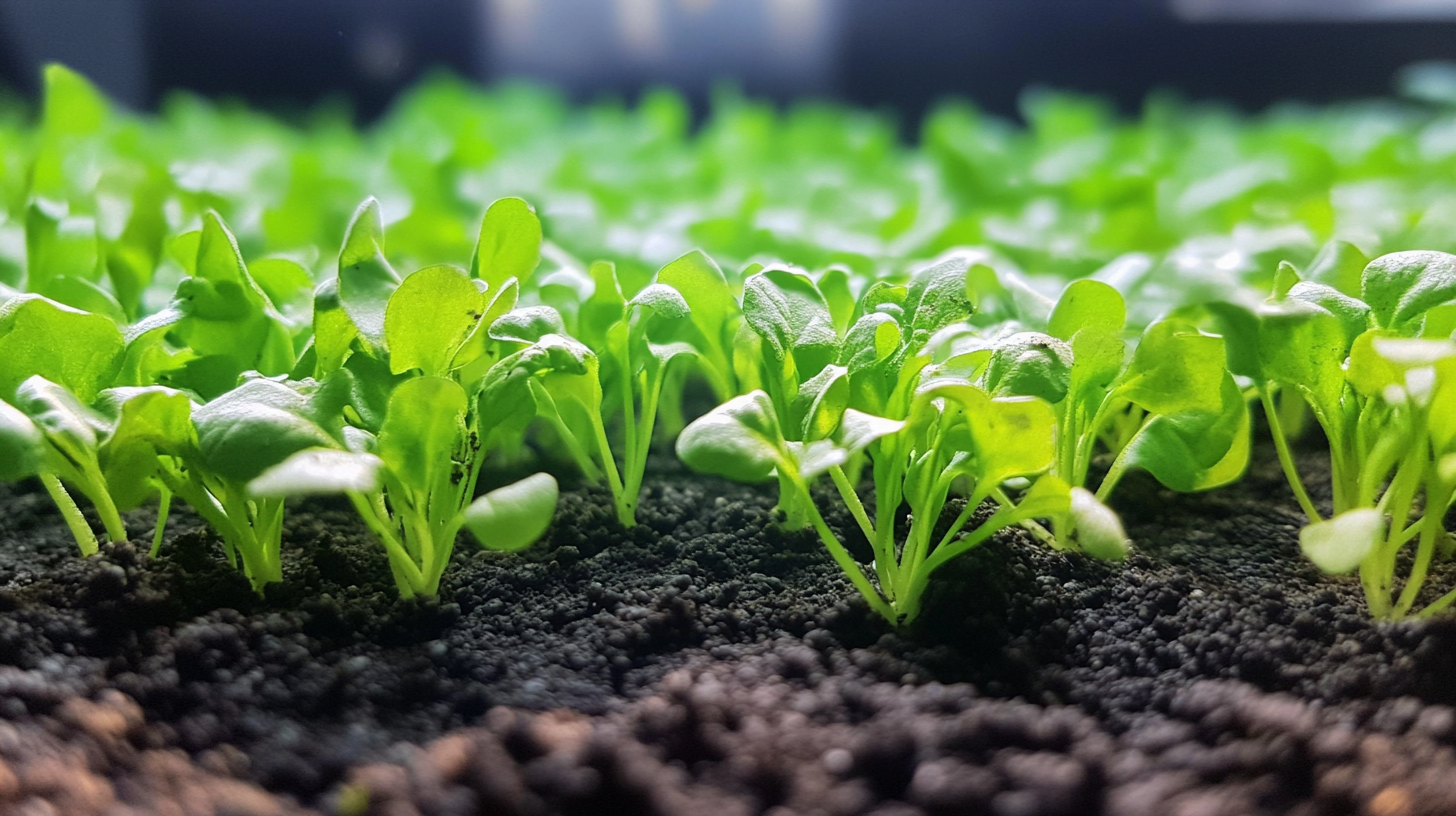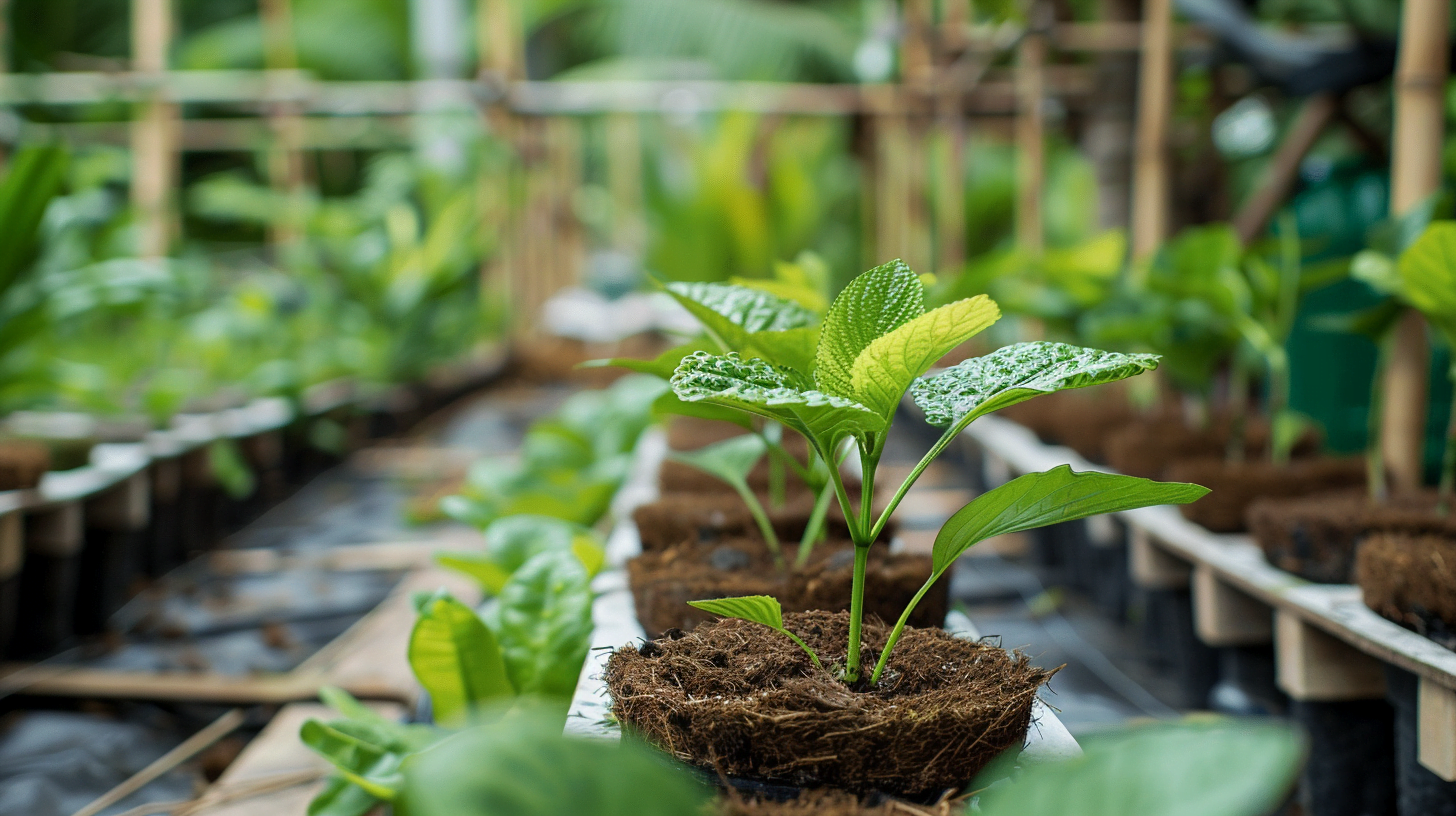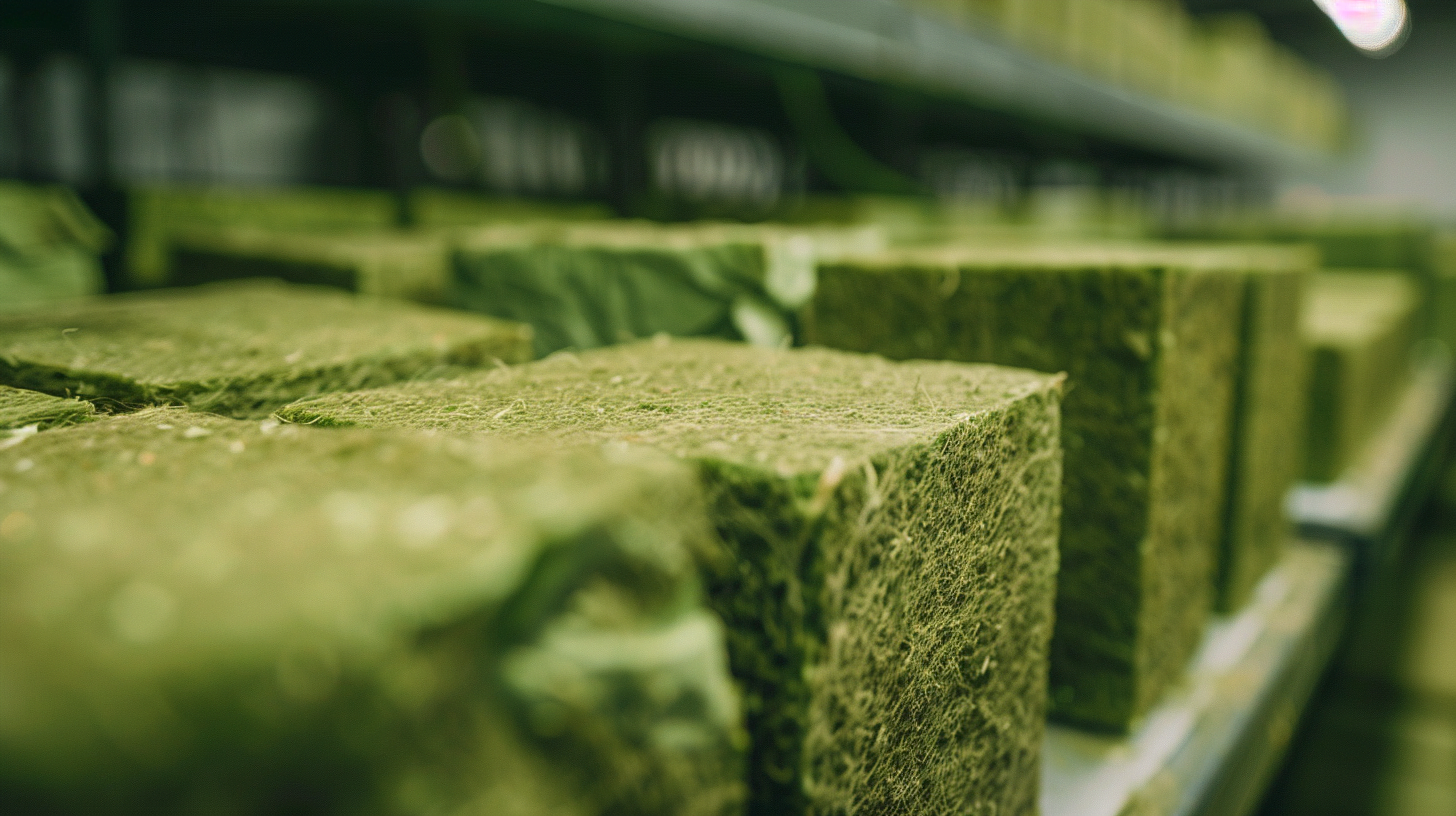Rice hulls can be an excellent renewable mulch option for hydroponic systems. Using rice hulls provides benefits like moisture retention, weed suppression, and slow nutrient release. This guide will provide an in-depth overview of utilizing rice hulls as mulch for your hydroponic garden. So lets learn how to use rice hulls as mulch in hydroponics.
What are Rice Hulls and Why Use Them as Mulch?
Rice hulls are the outer protective coverings of rice grains. They are removed during the milling process to produce white rice for consumption. Some key advantages make rice hulls well suited for use as a mulch include:
- Moisture retention – Rice hulls are highly absorbent, taking up water like a sponge. This helps maintain consistent moisture levels for plant roots.
- Weed suppression – As a thick, dense mulch layer, rice hulls block light from reaching weed seeds and seedlings. This prevents germination and growth.
- Soil aeration – The loose, dry nature of rice hulls allows air flow to plant roots, promoting healthy oxygen exchange.
- Slow nutrient release – As rice hulls break down, they provide a gradual, steady feed of nutrients including silicon, potassium, and magnesium.
- Renewable & affordable – Rice hulls are an agricultural byproduct often treated as waste. Utilizing them keeps this material out of landfills.
Mulching with rice hulls offers a sustainable way to boost soil health and plant growth in hydroponic systems.
Preparing Materials for Using Rice Hulls as Hydroponic Mulch
To effectively apply rice hulls as mulch in a hydroponic environment, some advance preparation is advised:
- Recommended depth – Aim for an evenly distributed layer 2-3 inches thick. This provides ample moisture retention and weed suppression over time as the mulch breaks down.
- Calculate amount required – Measure your growing area and determine cubic feet needed based on the recommended depth. As a rule of thumb, plan for about 3.5 cubic feet of rice hulls per 10 square feet of area.
- Ensure rice hulls are dry – Damp mulch is prone to mold growth. Allow fresh rice hulls to dry fully to prevent this.
- Consider amendments – Mixing in compost or slow-release organic fertilizer can enrich the rice hulls with added nutrients to feed plants over time.
With the right quantity of clean, dry rice hulls on hand, you’re ready to mulch your hydroponic system.
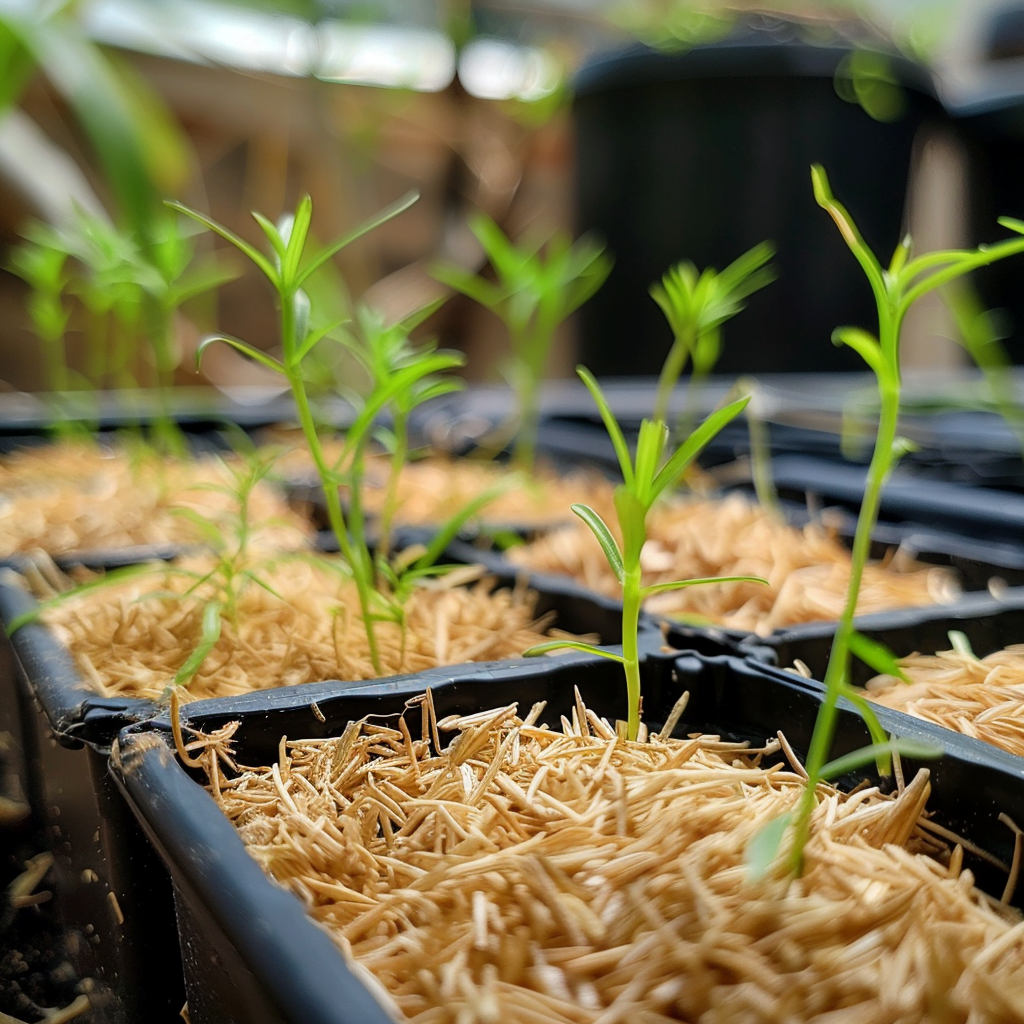
Step-by-Step Guide to Applying Rice Hull Mulch in Hydroponics
Applying rice hulls as a mulch top dressing in a hydroponic environment follows a simple process:
- Clear the growing area of any weeds, debris or spent plant material. Create a “blank slate”.
- Optional – Spread a thin 1-inch layer of compost, worm castings, or organic slow-release fertilizer over the bare soil.
- Distribute rice hulls in an even 2-3 inch deep layer over the entire growing area. Rake smooth.
- Replenish mulch annually, or more often if the layer depth drops below 2 inches.
Constructing a simple border around the growing area can help contain the rice hull mulch and prevent it spreading. Leave a gap wherever hoses, wires or other hardware interfaces with the soil to avoid clutter. Monitor moisture levels and water the mulched system appropriately. Lightly rake to aerate and mix in amendments as needed over time.
Example rice hull mulch application amounts:
- 5' x 3' area = 15 sq ft
- Requires 1.5 cubic feet of rice hulls for 2" depth
- 10' x 10' area = 100 sq ft
- Requires 12.5 cubic feet for 3" depth Maintaining the Rice Hull Mulch in Your Hydroponic System
Ongoing maintenance of your rice hull mulched hydroponic system involves:
- Checking mulch depth every 2-3 months, replenishing in thin spots
- Raking gently to aerate and incorporate amendments
- Adding organic liquid fertilizer or compost tea to feed soil biology
- Monitoring for weed growth and removing any sprouts promptly
- Replacing the entirety of the mulch annually under best practice
The decomposition rate will vary based on climate conditions. Warmer, more humid environments see faster breakdown. Cooler climates may allow rice hull mulch to persist 2+ years before needing a full refresh.
Potential Issues and Troubleshooting Rice Hull Use
Using rice hulls as mulch in hydroponics is generally low risk, but a few potential issues should be monitored:
- Excess moisture – Waterlogging can cause rice hulls to decompose too rapidly. Allow mulch adequate drainage and adjust irrigation to avoid oversaturation.
- Fungal growth – High humidity environments can sometimes yield mold in carbon-rich mulches. Mitigate this by allowing rice hulls to dry fully before application, and improving air circulation around plants.
- Heat absorption – The dark color of rice hulls may capture excess heat in high-light installations. Adjust mulch depth, provide shade cloth or increase system height to counter this if needed.
- Nutrient deficiencies – If plants display deficiency symptoms, boost nutrition by top-dressing with compost, worm castings or organic nutrient amendments over the rice hull mulch.
By properly preparing, applying and maintaining rice hull mulch in hydroponics, it can provide an excellent growing environment for healthy, productive plants. Correct any issues promptly and learn how to maximize its benefits over time.
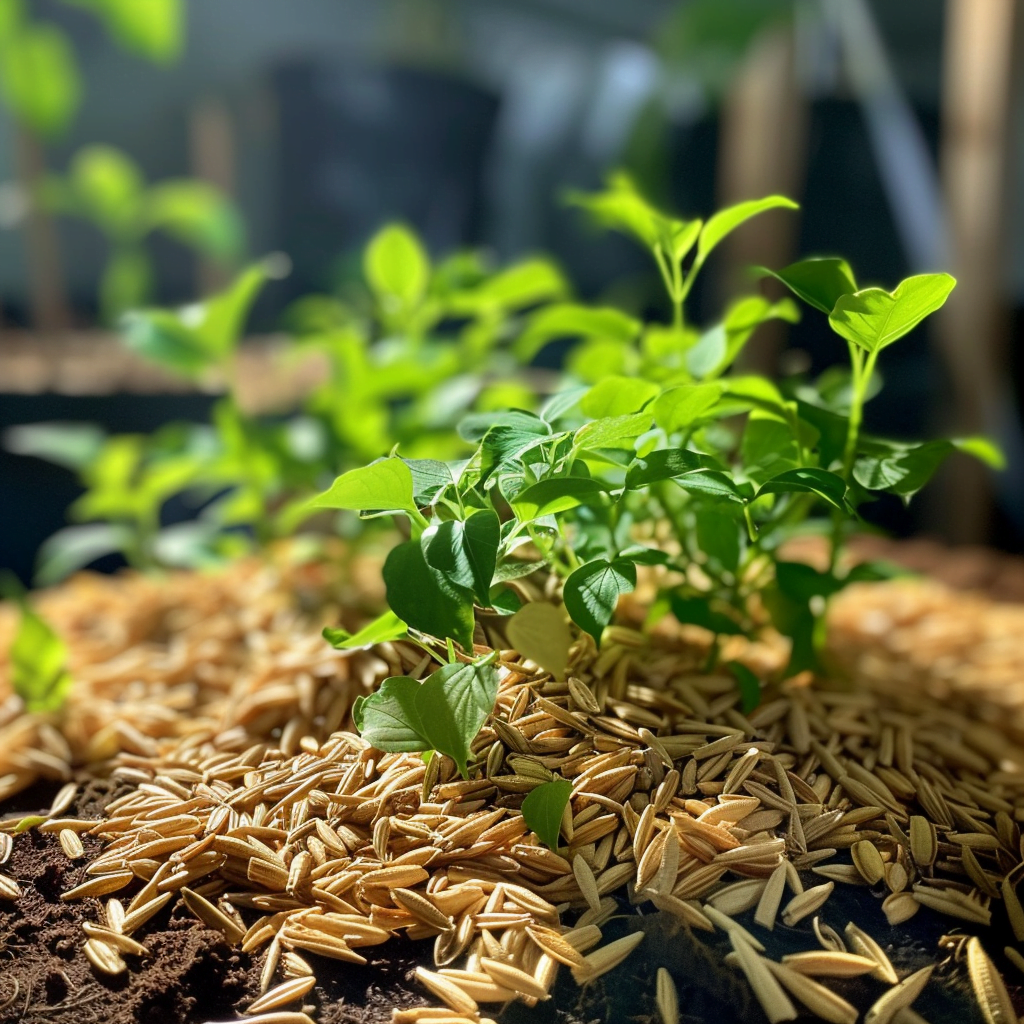
In Summary, Key Tips for Using Rice Hulls as Hydroponic Mulch:
- Source clean, dry rice hulls and calculate amount needed
- Layer mulch 2-3 inches deep over growing area
- Replenish mulch depth annually or as it decomposes
- Make amendments as required to enrich and feed soil biology
- Prevent oversaturation and excess moisture
- Improve air flow to avoid fungal issues
- Adjust depth or provide shade if temperatures are too high
- Top-dress with organic nutrients to correct deficiencies
Following this best practice guide, you can leverage rice hulls as a sustainable mulch option for your hydroponic garden. Their moisture retention, weed suppression and nutrient release capabilities make rice hulls a potential alternative to synthetic mulches across various systems.
